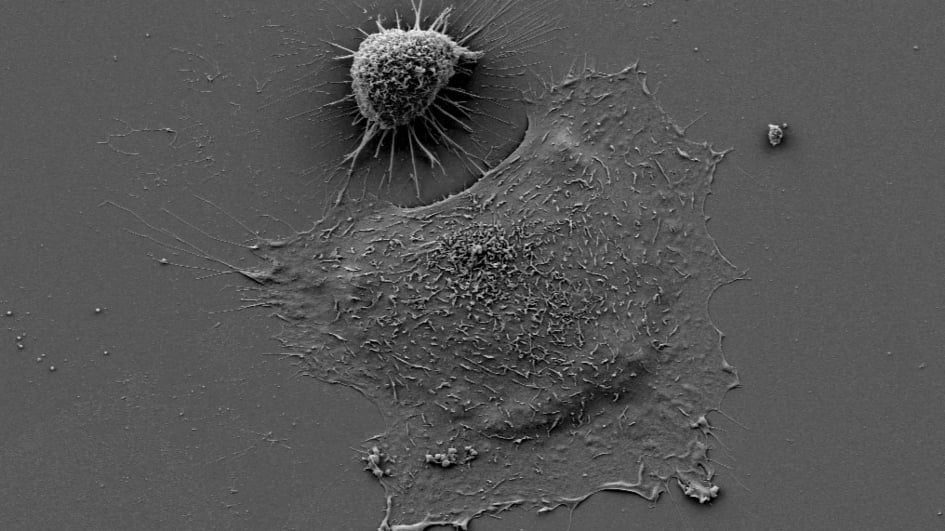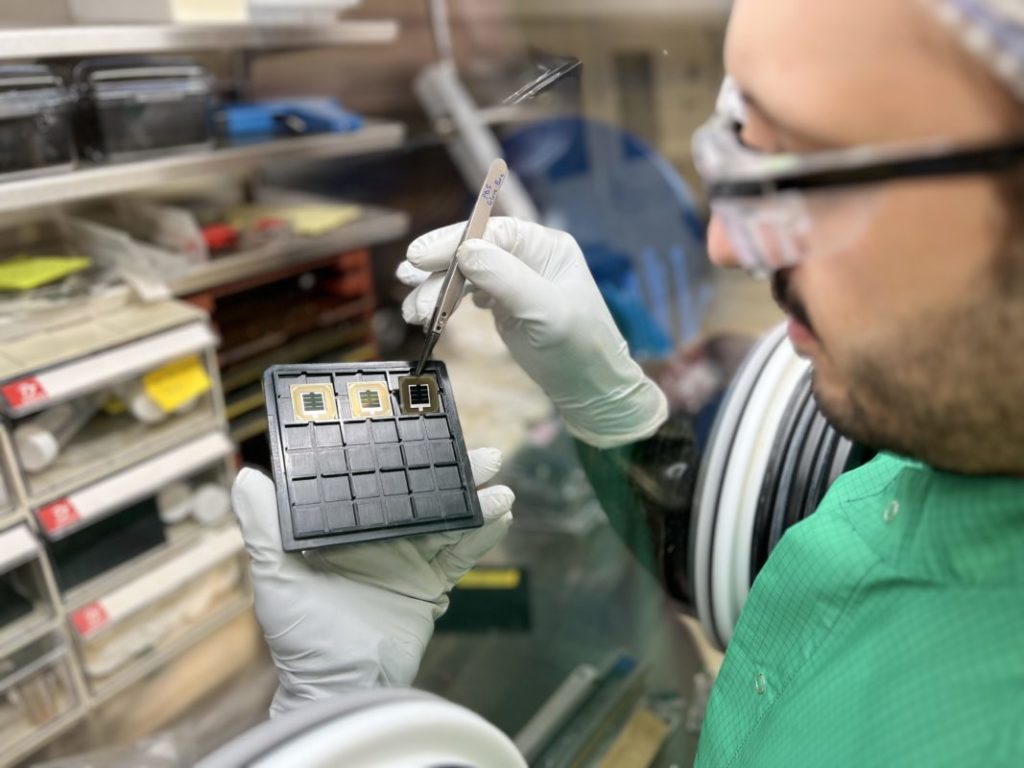Cells are the basic building blocks of life, serving as the fundamental units of structure and function in living organisms. One of the most intriguing aspects of cells is their small size, and there are several reasons why cells are so small.
Surface Area to Volume Ratio
One of the primary reasons for the small size of cells is the surface area to volume ratio. As cells grow larger, their volume increases at a faster rate than their surface area. This has significant implications for the exchange of nutrients and waste products with the environment. Small cells have a higher surface area to volume ratio, allowing for more efficient exchange of materials, which is crucial for the cell’s survival and function.

Credit: www.icr.ac.uk
Efficient Nutrient Exchange
Small cell size facilitates efficient nutrient exchange. Nutrients need to be transported across the cell membrane to sustain the cellular processes. With a smaller size, cells can effectively and rapidly transport nutrients into the cell and waste products out of the cell. This efficient exchange is vital for the cell’s metabolism and overall function.
Maintenance of Homeostasis
Cells need to maintain a stable internal environment, known as homeostasis, to support their functions. A smaller cell size allows for easier regulation of internal conditions such as temperature, pH, and nutrient levels. This makes it simpler for the cell to respond to changes in its environment and maintain optimal conditions for its survival.

Credit: www.pv-tech.org
Cellular Communication
Small cells enable efficient communication. Cells need to communicate with each other to coordinate various processes and responses. Smaller cells have shorter distances for signaling molecules to travel, allowing for faster and more effective communication between neighboring cells. This streamlined communication is essential for the proper functioning of tissues and organs in multicellular organisms.
Genetic Control and Replication
The genetic material in cells, such as DNA, plays a crucial role in controlling the cell’s activities and enabling replication. Smaller cell size ensures that genetic control mechanisms can effectively regulate the cell’s functions. Additionally, during cell division and replication, a smaller cell size simplifies the process, making it more accurate and efficient.
Adaptation and Evolution
The small size of cells also allows for greater adaptability and evolutionary potential. Smaller cells can evolve more rapidly as they have a higher mutation rate. This can lead to the emergence of advantageous traits that enable cells to survive and thrive in changing environments. The ability of cells to adapt and evolve is crucial for the survival of species over time.
Frequently Asked Questions Of Why Are Cells So Small : Unlocking The Science Behind Cellular Size
Why Are Cells So Small?
Cells are small to optimize nutrient absorption, waste elimination, and efficient communication between cell components.
How Small Are Cells?
Cells are typically between 10 and 30 micrometers in size, much smaller than the width of a human hair.
What Is The Advantage Of Small Cells?
Small cell size enables quicker diffusion of substances across the cell membrane, enhancing cell functionality and efficiency.
How Does Cell Size Affect Metabolic Rate?
Smaller cells have a higher surface-to-volume ratio, enabling a higher metabolic rate and efficient exchange of nutrients and waste products.
Conclusion
In conclusion, the small size of cells is a critical feature that supports their essential functions and survival. The surface area to volume ratio, efficient nutrient exchange, maintenance of homeostasis, cellular communication, genetic control, and evolutionary adaptability are all influenced by the small size of cells. Understanding the reasons behind the small size of cells provides valuable insights into the remarkable complexity and efficiency of life at the cellular level.

